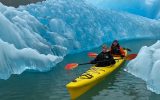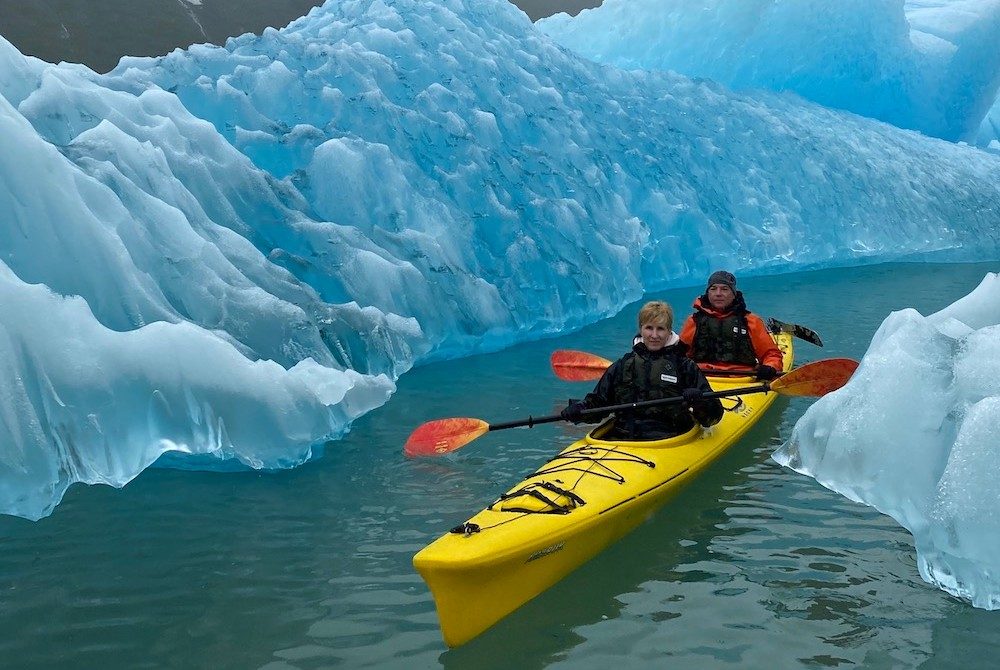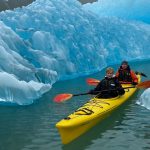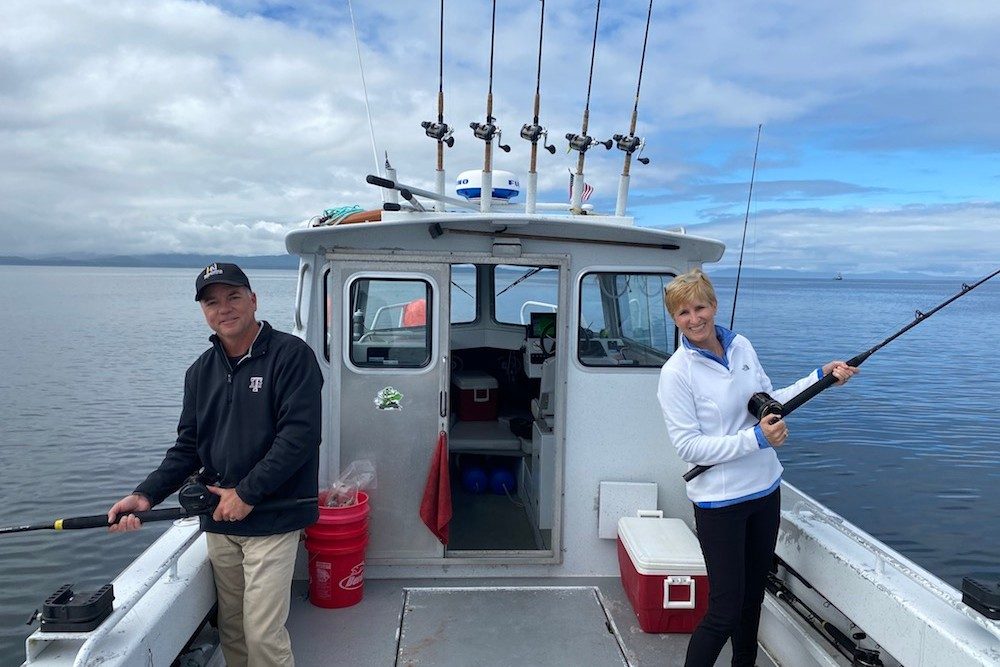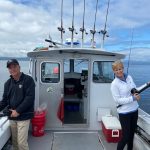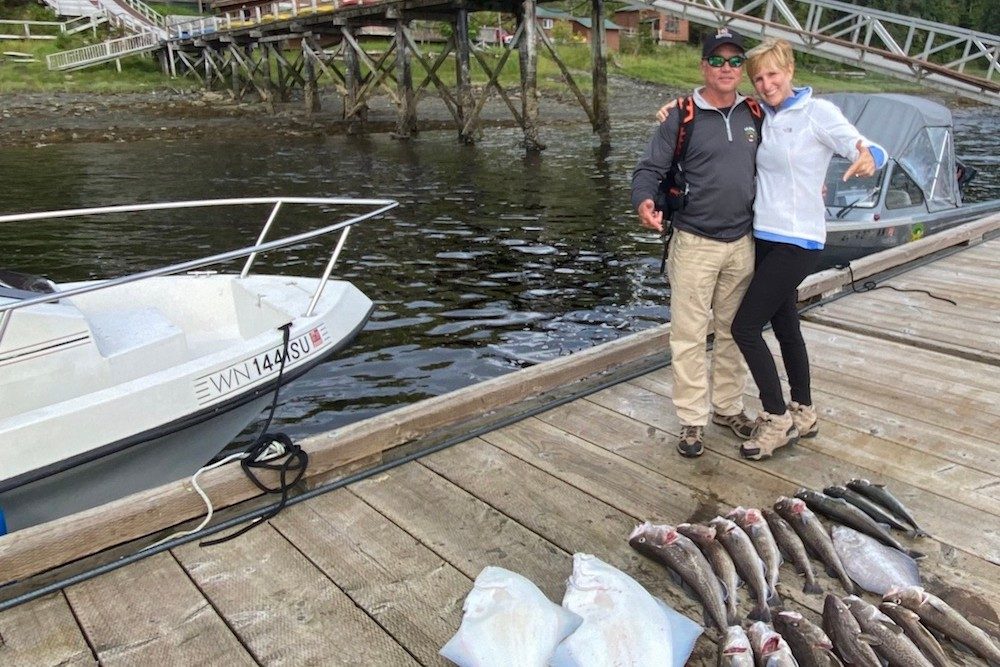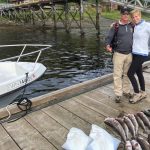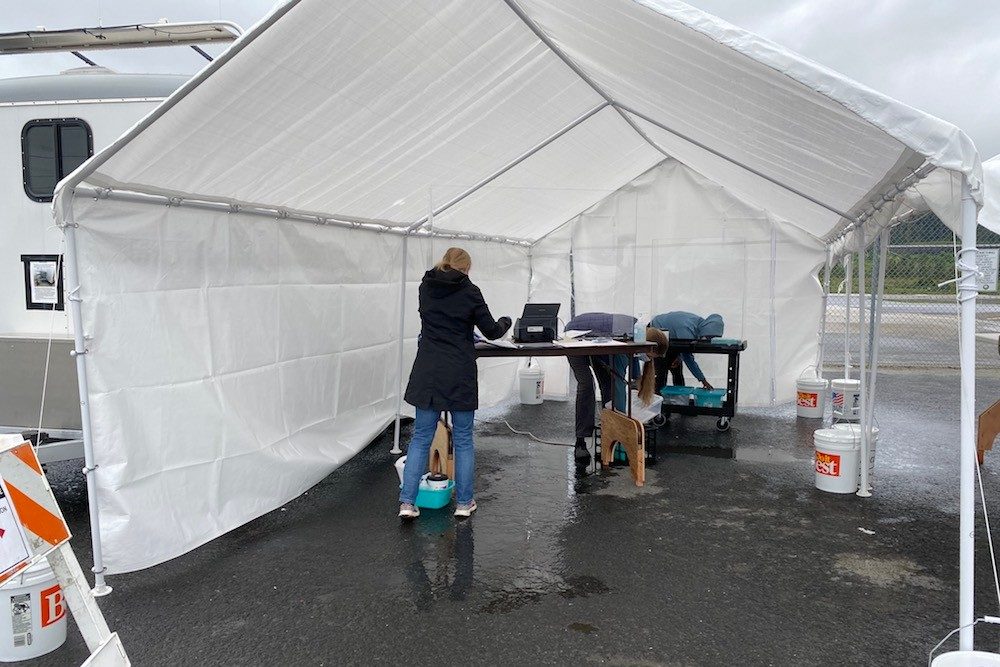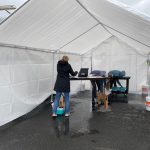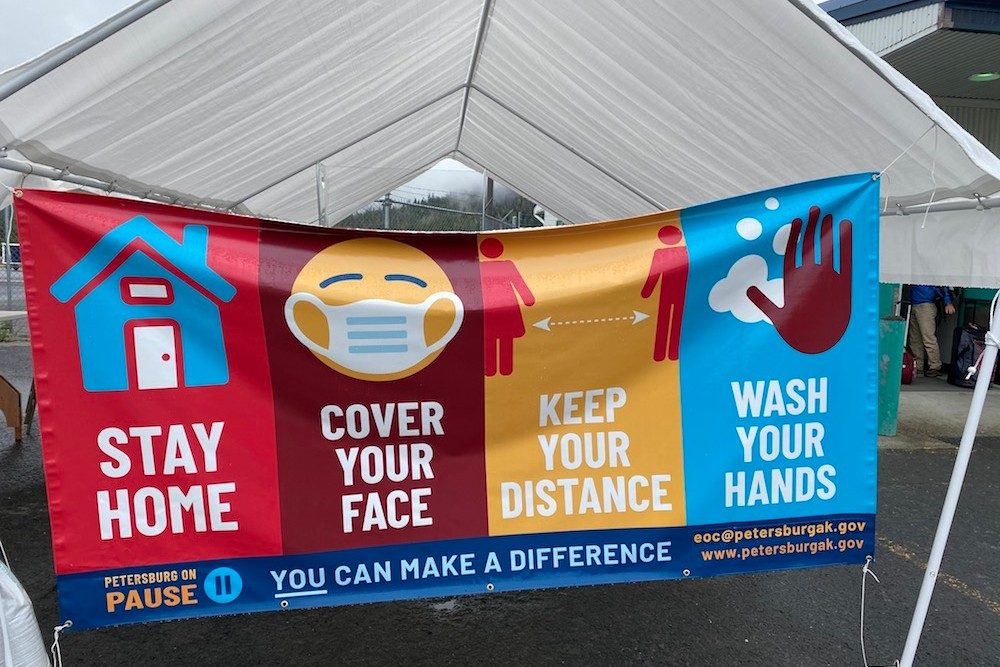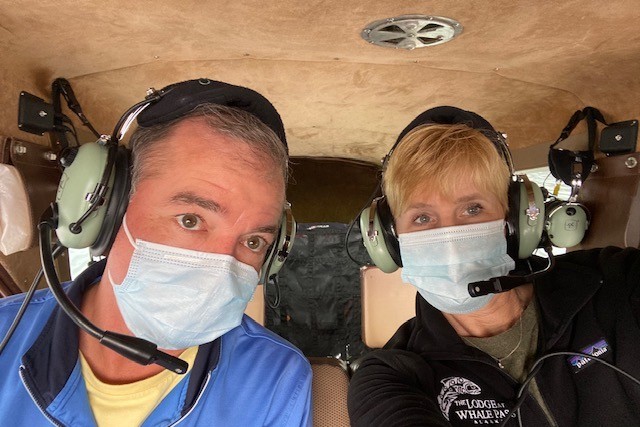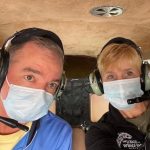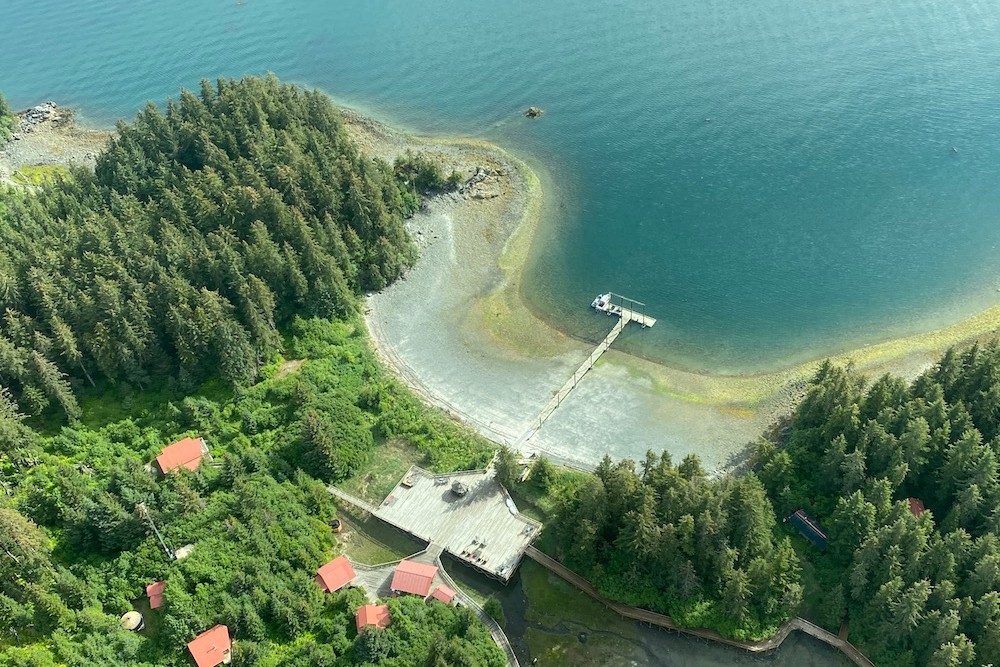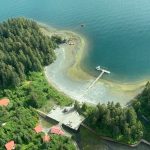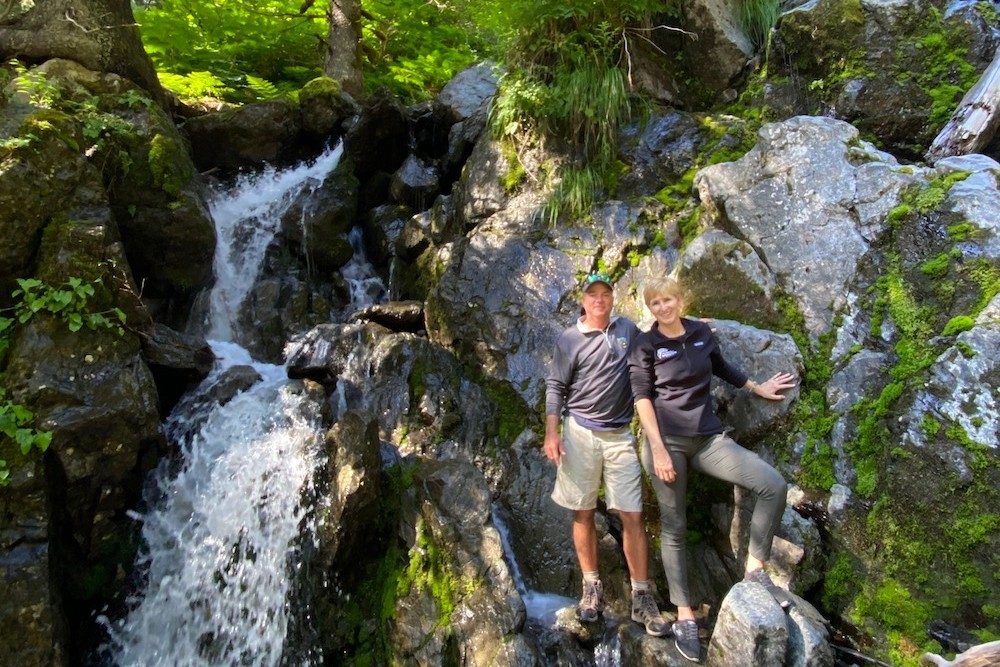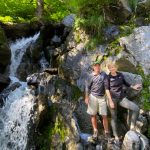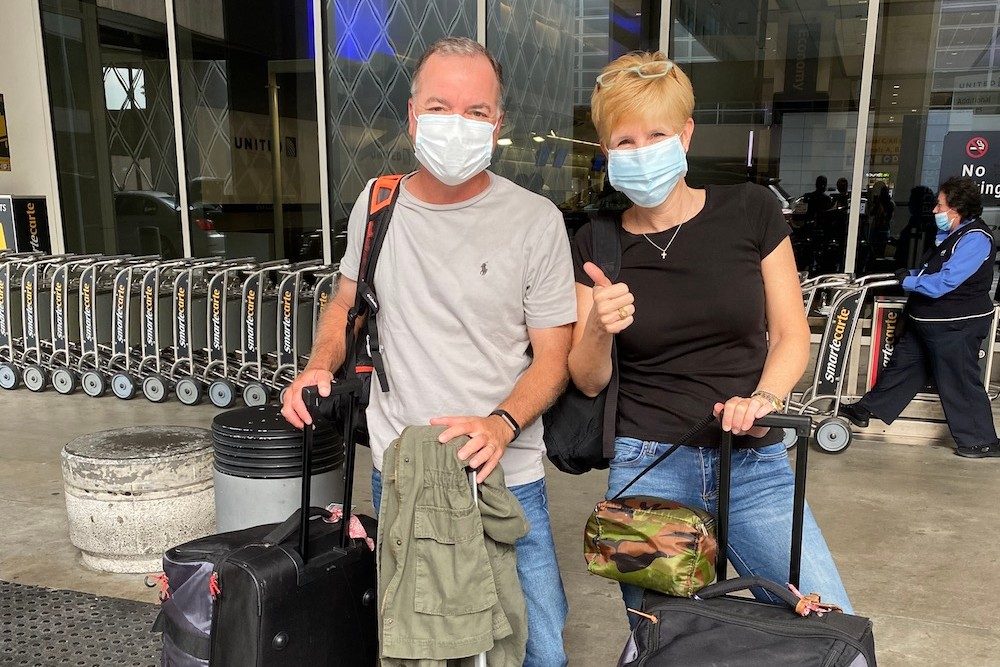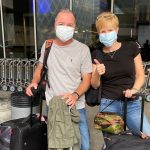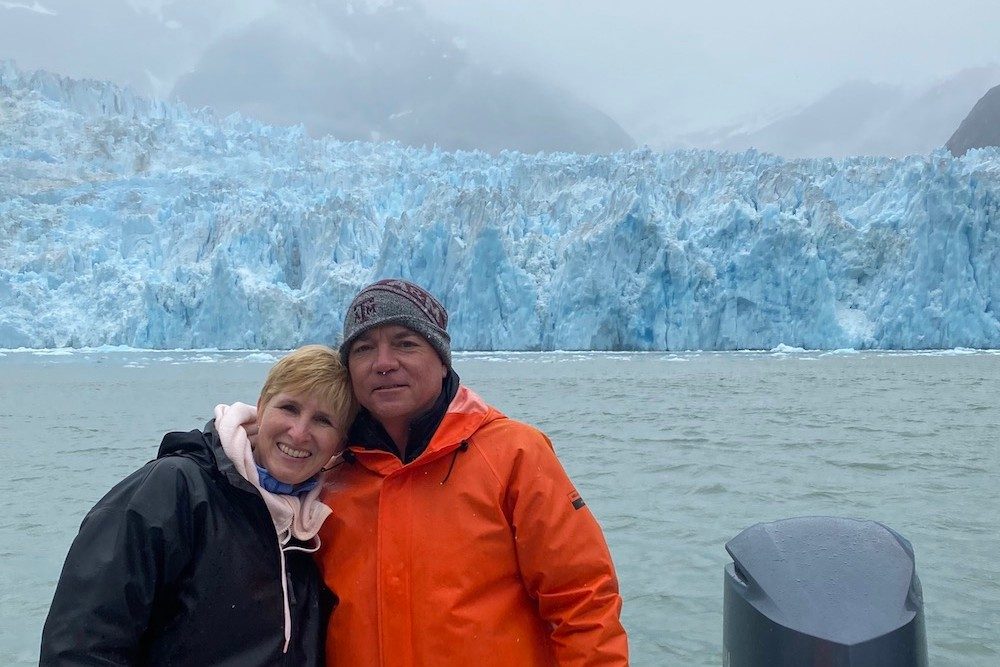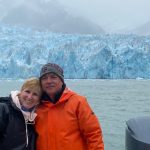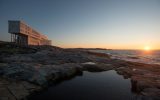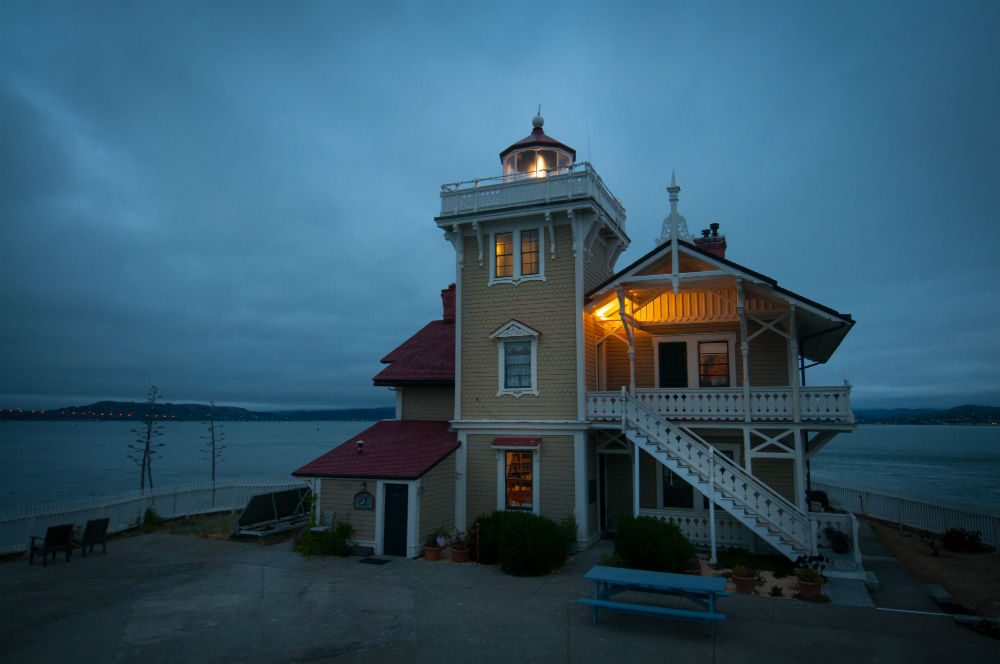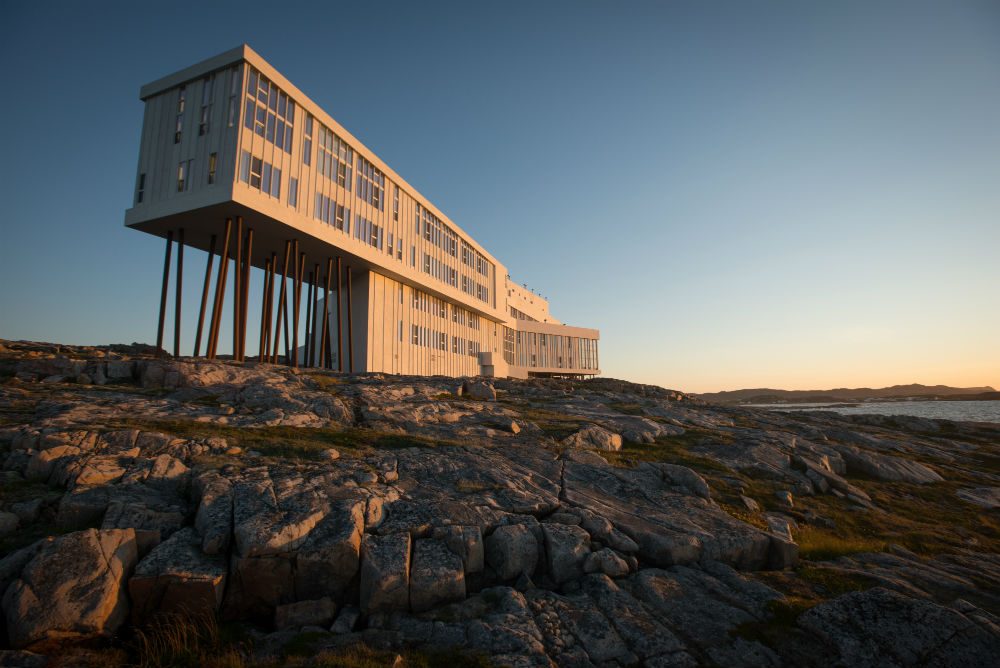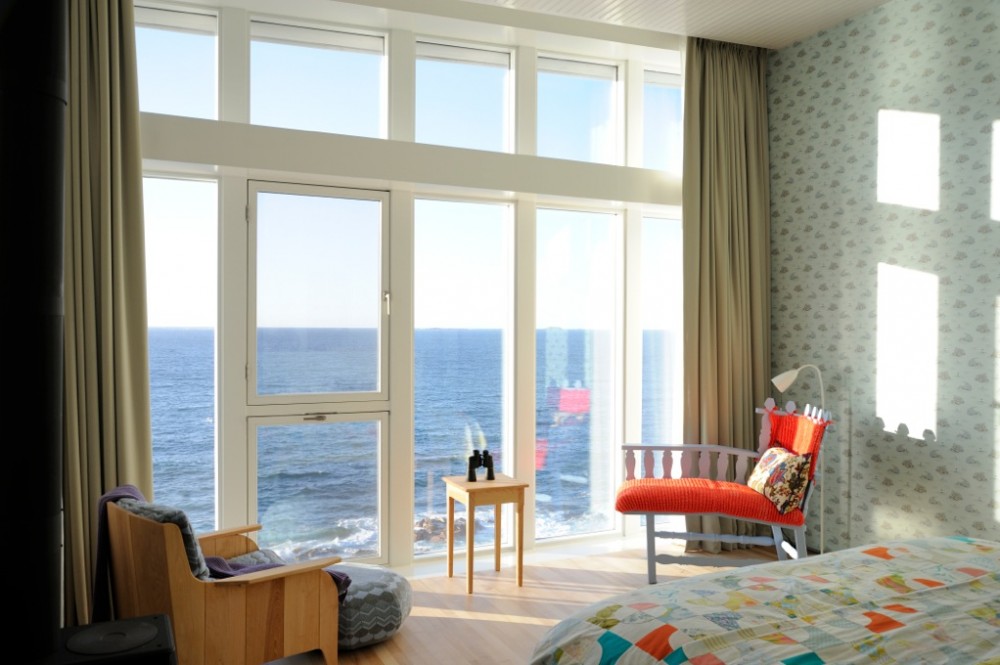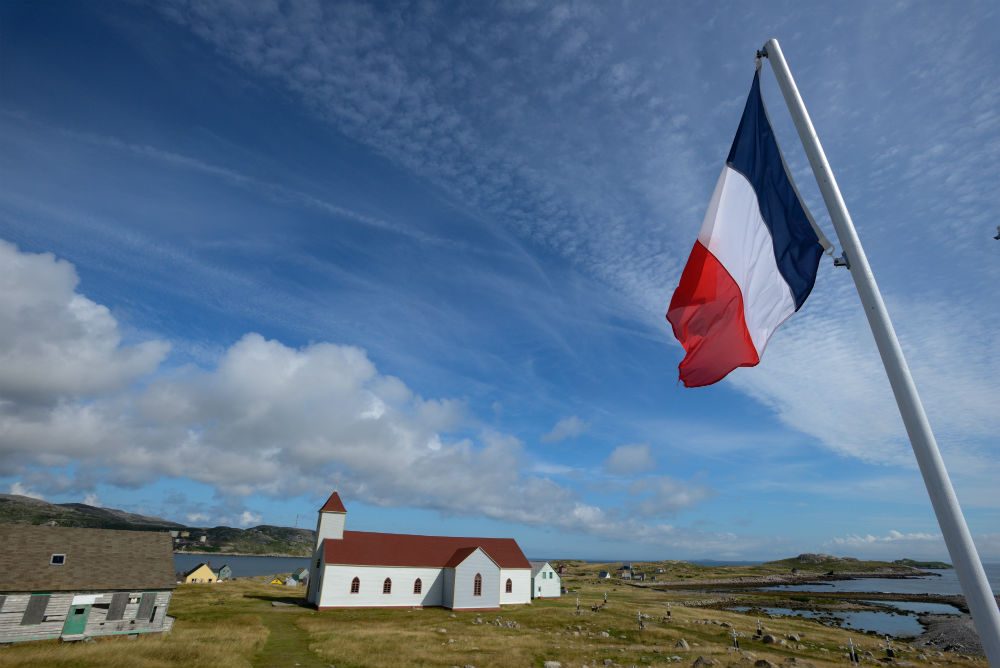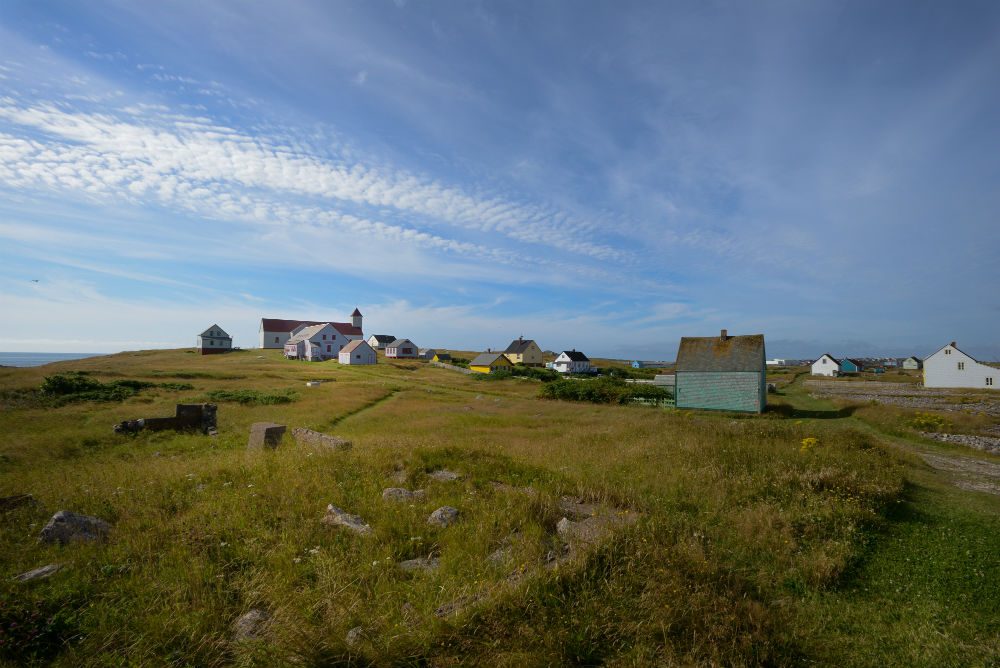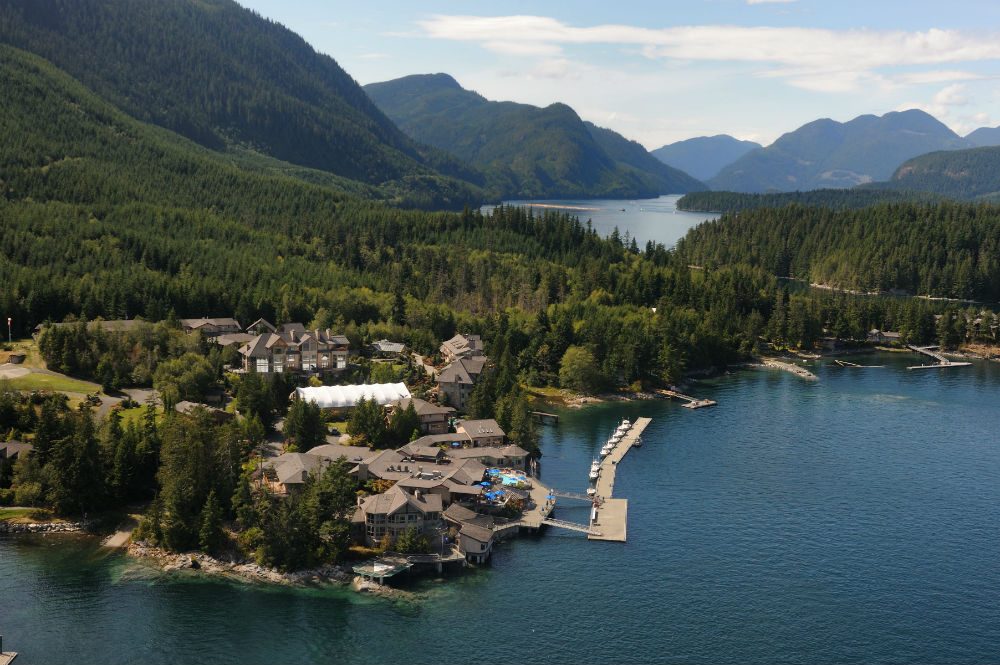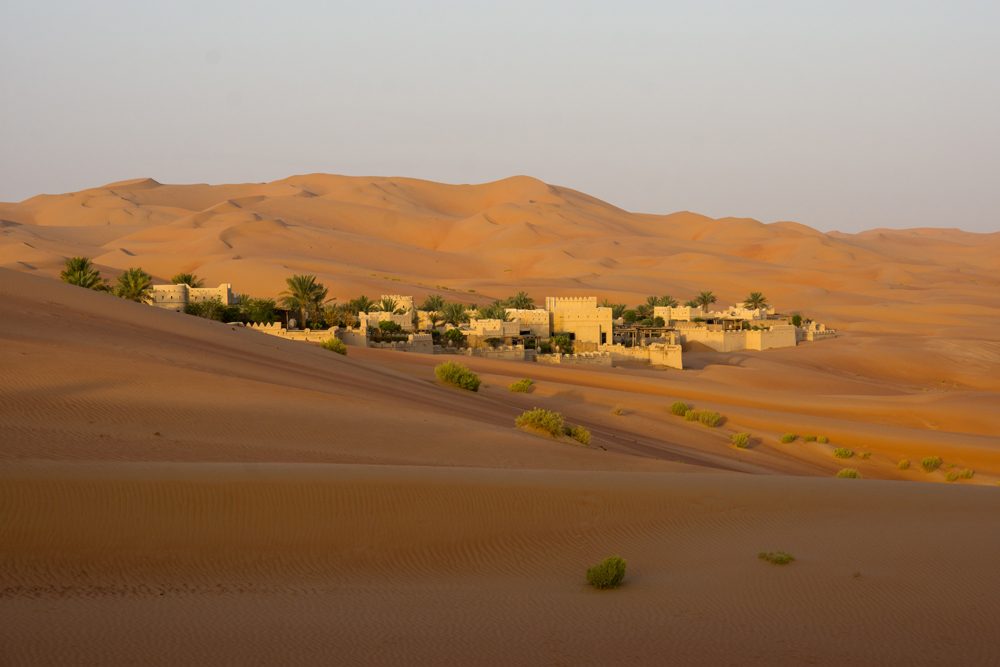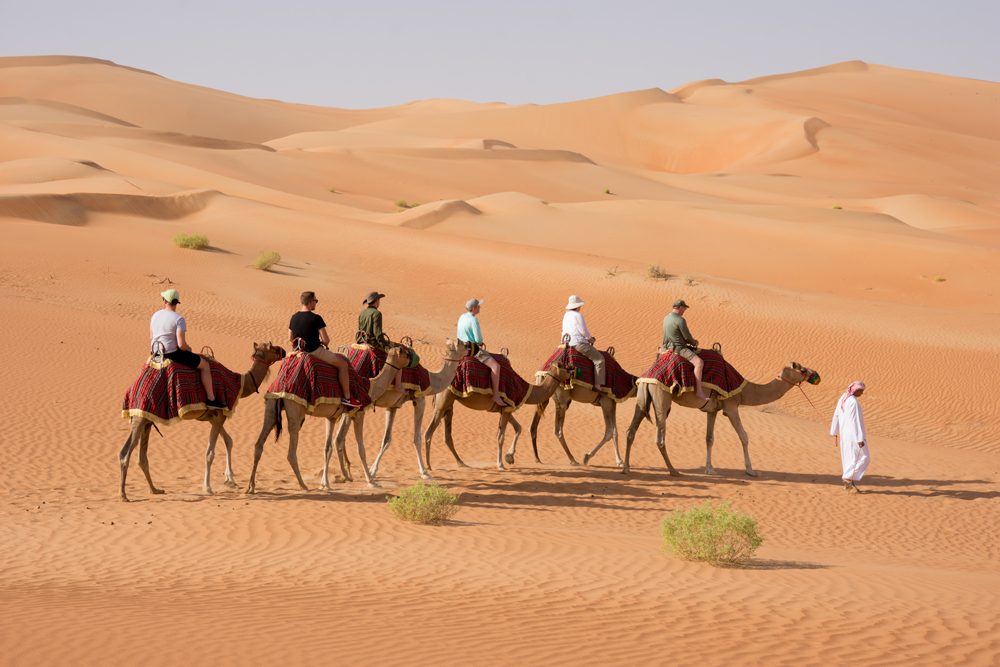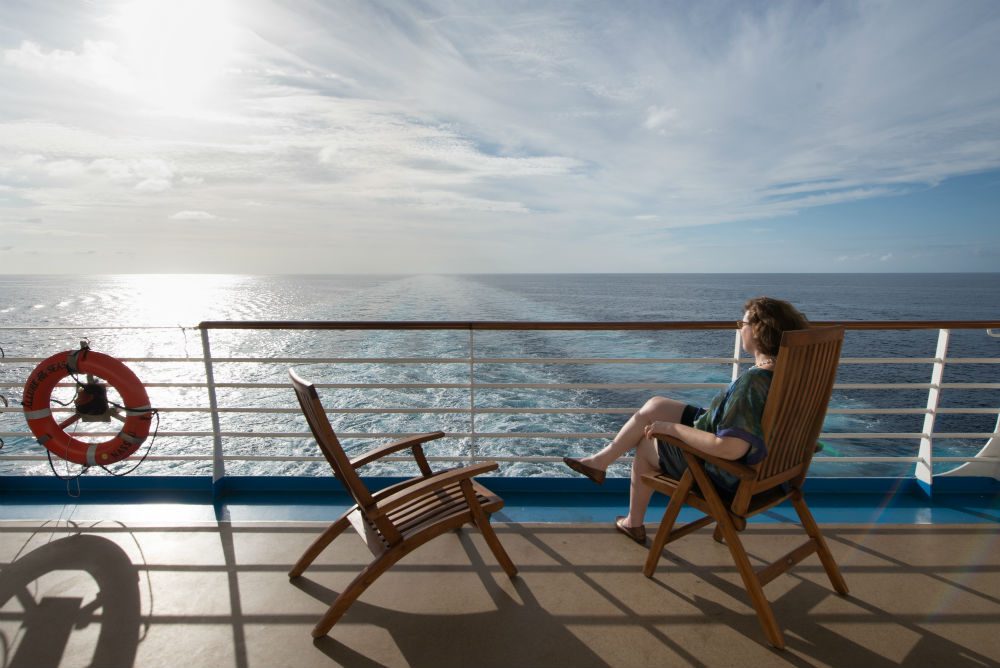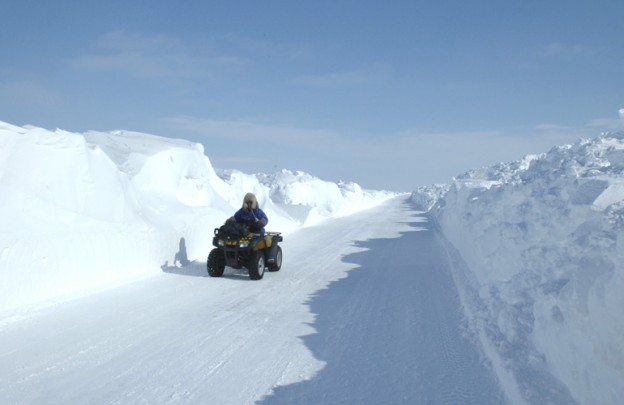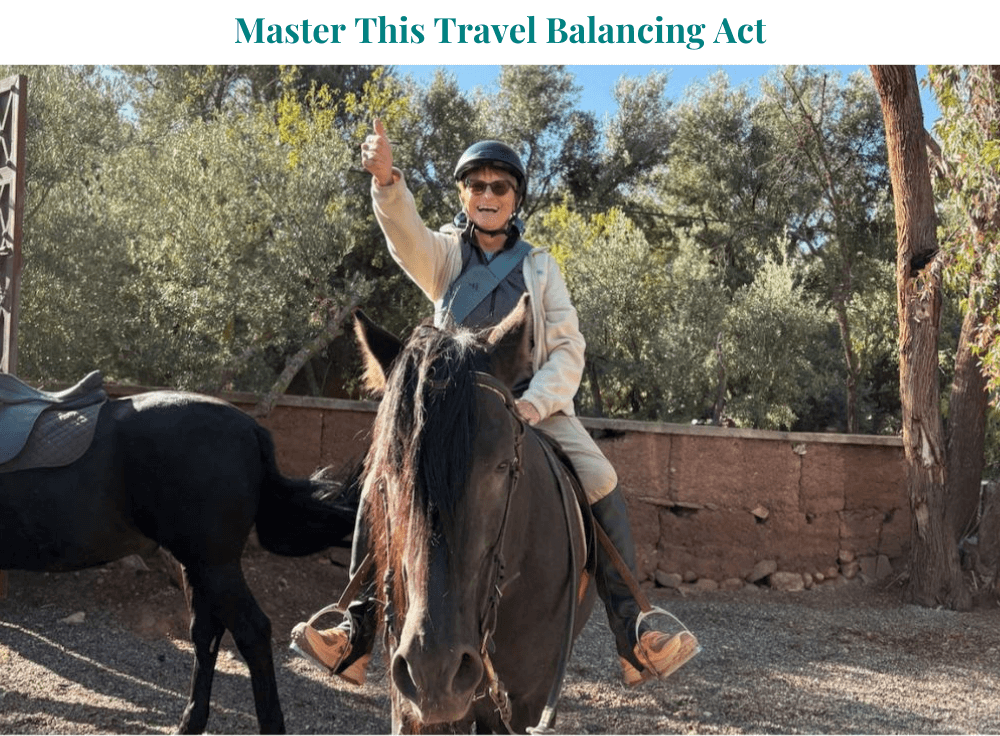This traveler got this trip by starting with this questionnaire. For a safe, smart, extraordinary trip, go to The WOW List, find the best destination specialist for you, then click his/her CONTACT button to reach Wendy’s questionnaire.
What do you do when you planned a 25th anniversary trip for May of 2020, and then a global pandemic hits? You postpone it and, when the remote Alaskan lodges you’ve got your heart set on begin to reopen, and the state starts to admit travelers with proof of a negative Covid test, you finalize the date, call in the experts, get your Covid test, and go. That’s what frequent WOW List travelers Janette and James Gill of Houston did. They made their special milestone trip in July, capitalizing on Alaska’s prime time for weather and wildlife viewing.
You might remember that we spoke to Mrs. Gill back in March, at the start of the pandemic. At that time, she was visiting her daughter, who was studying abroad in Rome. The family was supposed to take a trip through Italy, but as the country’s caseload soared and Lombardy went on lockdown, they had to divert their itinerary. A few months later, the coronavirus forced them to change their plans once again—and yet they still had a great time on their anniversary trip and can’t wait to return to Alaska. We called Mrs. Gill shortly after they got home from their adventure, to find out all about it.
First, a note: While we at WendyPerrin.com do not encourage travel at this time, we believe it is possible to travel responsibly during this pandemic. We have done so ourselves—and we trust our community of global citizens to make smart choices for themselves and the people they’ll encounter. While most travelers want to wait until there is a vaccine for their next trip, some have asked us to help them travel safely and responsibly now—and we are happy to provide the intel and support they seek. We answer their questions every day at Ask Wendy. And we request their post-trip feedback as part of our effort to provide you with a realistic and useful view of the travel landscape right now. Thank you to the Gill family for talking to us about their trip and sharing information we know will be useful to other travelers.
Why did you choose Alaska?
We’d been there before and loved the open spaces, and the wildlife is amazing. The lodges are just so unique. We had stayed in the Winter Lake Lodge and this time we wanted to try its sister property, Tutka Bay Lodge.
Judith reached out to me a month or two into the pandemic to gauge how I was feeling. I said if the plane is flying and the resort is open and we’re not sick, we’re going—just because this is an expensive trip and something we’d been looking forward to all year.
What was the process of getting into Alaska, with the testing requirements?
Judith made sure I understood what was required. She let us know that we had to have a negative Covid test within 72 hours of travel. She sent me information on where I could go in Houston for the Covid test and walked me through the worst-case scenario if we didn’t get our results. This is the exact reason why we use travel specialists from WendyPerrin.com—for situations like this.
It ended up not being a problem because I was able to find someone [in Houston] to give a nasal swab test and results within two days, so we got the results during our Seattle stopover en route to Alaska. We were proceeding as if we were negative—and we were.
The Alaskans are very serious that no one who comes into their state is positive: They had Covid testing at several airports we went to. As long as the flight didn’t come from out of state, we didn’t have to keep showing the test, but we did carry the negative test with us.
You stayed in two lodges. Can you tell us about them?
We flew from Seattle to Ketchikan and took a float plane into the Lodge at Whale Pass, an amazing remote upscale adventure lodge. Mainly the focus there for us was fishing. We wanted to get remote because I love remote Alaska, away from cruise-ship passengers. Judith recommended it for the food too.
Only one other family was there when we were, and for dining we sat spaced out, but we had just gotten our negative test results and the other family obviously had too, so our masks came off the minute we arrived. We fished, went to see the beautiful glacier, and kayaked through the icebergs because that was on my bucket list. The lodge owners’ son was our boat captain, and they were both there. It’s a very cozy, family-run business. We stayed for three nights, and except for meals we were outside the entire time.
What was the second lodge and what activities were you able to do there?
Tutka Bay Lodge in Homer. To get there, we took Alaska Airlines to Anchorage. We had to spend one night in Anchorage, so we had made a reservation for dinner at one of our favorite places we’d been to before. Everyone around town had masks on; of course, we didn’t while we were eating. And then we had an early morning float plane out to Tutka.
We arrived fairly early in the morning. The weather was beautiful, the lodge was everything I imagined it would be, and I can’t wait to go back. They wore masks inside the common area, and there was another family that was leaving as we were arriving, so we were the only family there.
After lunch we hiked with a guide around the beautiful property and then went on a boat ride. The captain wore a mask, and we sat in the back in the open air so we didn’t wear any. Then we hiked, and that night we had a fantastic meal outside. The next morning, at about 6 a.m., we headed out on a bear-viewing adventure. We saw seven bears, a mom with her cubs, a red fox, and a couple of eagles in their nests with babies inside. It was just a fantastic day.
But that was the day you got the news about the restaurant you’d dined at in Anchorage, right?
We got back to Homer at about 2:30 in the afternoon and there was somebody waiting for us. They said, There’s some bad news: There’s an issue with the restaurant you dined at Sunday night: It has shut down because an employee has tested positive. They didn’t yet know which employee or whether that employee was even working when we were there. But the lodge made the safety decision that we would not be returning.
Kirsten, the owner of the lodge, got on the phone with us, and since they were unable to find a rental car for us, she very graciously offered to lend us her vehicle for the four-and-a-half-hour drive from Homer back to Anchorage. They packed all our stuff for us, along with lunch and snacks for the car, and brought it over by boat.
How did you feel?
I was very disappointed but, when you travel in a pandemic, you take that risk that things may change. Alaska is very clear about what happens if you get Covid while traveling: You have to quarantine on your own dime. It turned out, though, that the employee who had tested positive was a dishwasher who wasn’t even working on the day that we were there. So, rather than stay in Anchorage, we opted to head on home.
Tutka Bay Lodge very graciously offered to let us come back later for the unused portion of our stay, and Judith credited us back for the unused portion of the chartered flight that we didn’t use on the return to Anchorage.
[Editor’s note: To be clear, Mr. and Mrs. Gill were not exposed to the virus at the restaurant. They returned home more than two weeks ago and did not get sick.]
Despite the restaurant scare, was the trip worth it?
Absolutely, just for being able to be out in the fresh air and do all the activities we had planned. Everything other than sleeping and eating, you’re outdoors—and some of the meals were outside too. I felt a lot more comfortable being outdoors, but also I’m one who is going to live my life. I’m not going to live in fear.
We can help you figure out how to safely plan your own trip and direct you to the right travel specialist for your needs. Write to us at Ask Wendy.
Be a safer, smarter traveler: Sign up for Wendy’s weekly newsletter to stay in the know. And read real travelers’ reviews of Wendy’s WOW List and use it to plan your next trip.

